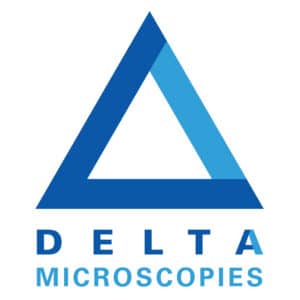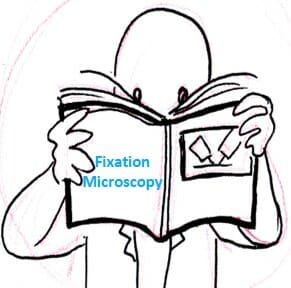Fixatives commonly used for electron microscopy
– Formaldehyde
Commercially available solutions are not suitable for electron microscopy because of their methanol content. Paraformaldehyde powder is used to prepare formaldehyde without methanol. The main advantage of formaldehyde is that it has a higher penetration rate than glutaraldehyde or osmium tetroxide, so that large blocks of tissue are well attached. Penetrate into most tissues at a rate of about 10 mm / hour, but will take longer to stabilize.
– Formaldehyde and glutaraldehyde mixtures
Fixers containing both paraformaldehyde and glutaraldehyde provide much better fixation quality than aldehyde alone. Formaldehyde penetrates quickly into tissues and slightly stabilizes proteins, etc. which are then permanently fixed by glutaraldehyde.
– Glutaraldehyde
Reacts rapidly with proteins and, as a dialdehyde, stabilizes the structures by crosslinking before any possibility of extraction by the buffer. Thus, the fundamental substance of the cytoplasm (glycogen) and extracellular matrices is preserved. Glutaraldehyde alone is not an adequate fixative because some cellular components, especially lipids, are not fixed and can be extracted during dehydration. Therefore, secondary fixation is necessary using osmium tetroxide. Depth of penetration 2 – 3 mm / hour.
– Osmium tetroxide
The solution should have a yellow color, but may become colorless if stored for too long. If this happens, discard the solution and prepare the new one. Reacts with lipids and also acts as a dye. Osmium penetrates most tissues at a rate of about 1 mm / hour. Prolonged times result in the extraction of many proteins, so keep immersion time to a minimum.


